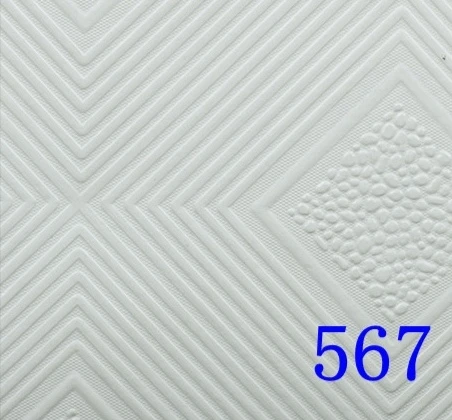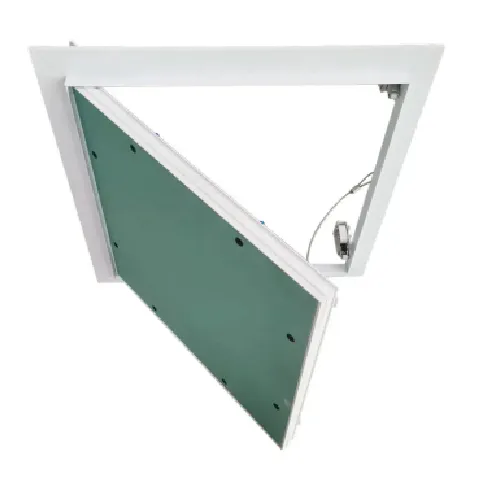Feb . 11, 2025 16:50 Back to list
grid ceiling tiles material
Grid ceiling tiles have become an integral feature in modern architecture, blending functionality with aesthetic appeal. Selecting the right material for grid ceiling tiles is pivotal in achieving the desired outcome for any commercial or residential space. This article will delve deeply into the various grid ceiling tile materials available, their unique characteristics, benefits, and practical applications, based on real-world experiences and expert analysis.
Metal ceiling tiles can be customized in terms of finish, color, and design, offering infinite possibilities to complement various thematic elements within a space. However, the installation of metal tiles may present a higher initial investment and requires a skilled professional to ensure proper installation and structural integrity. Fiberglass Lightweight and Efficient Fiberglass grid ceiling tiles are celebrated for being lightweight and energy-efficient. Similar to mineral fiber in acoustic performance, fiberglass tiles are ideal for reducing echo and sound reverberation in large spaces like theaters, auditoriums, and conference rooms. Moreover, fiberglass tiles offer excellent fire resistance, enhancing the safety profile of any building. The maintenance requirements are minimal compared to other materials, and they are available in a range of colors and finishes, making them a versatile choice for various architectural plans. Gypsum Traditional Strength Gypsum tiles have been a longstanding option in the realm of grid ceilings. Known for their fire-resistant properties and smooth finish, gypsum tiles are a staple in many commercial buildings. Their ease of customization allows for intricate design patterns and moldings, providing an element of sophistication and elegance. While gypsum is a reliable option, its weight needs to be considered during the installation process. Appropriate support structures are necessary to accommodate its density and prevent any structural issues over time. Conclusion Choosing the right material for grid ceiling tiles is a decision that involves balancing aesthetics, functionality, and budget. Mineral fiber, PVC, metal, fiberglass, and gypsum each have distinctive attributes catering to various needs and preferences. By understanding the strengths and limitations of each material, professionals can make well-informed decisions that enhance the functionality, appearance, and longevity of a space. With the right selection, grid ceiling tiles can significantly transform an environment, contributing to its acoustics, safety, and overall design ethos.


Metal ceiling tiles can be customized in terms of finish, color, and design, offering infinite possibilities to complement various thematic elements within a space. However, the installation of metal tiles may present a higher initial investment and requires a skilled professional to ensure proper installation and structural integrity. Fiberglass Lightweight and Efficient Fiberglass grid ceiling tiles are celebrated for being lightweight and energy-efficient. Similar to mineral fiber in acoustic performance, fiberglass tiles are ideal for reducing echo and sound reverberation in large spaces like theaters, auditoriums, and conference rooms. Moreover, fiberglass tiles offer excellent fire resistance, enhancing the safety profile of any building. The maintenance requirements are minimal compared to other materials, and they are available in a range of colors and finishes, making them a versatile choice for various architectural plans. Gypsum Traditional Strength Gypsum tiles have been a longstanding option in the realm of grid ceilings. Known for their fire-resistant properties and smooth finish, gypsum tiles are a staple in many commercial buildings. Their ease of customization allows for intricate design patterns and moldings, providing an element of sophistication and elegance. While gypsum is a reliable option, its weight needs to be considered during the installation process. Appropriate support structures are necessary to accommodate its density and prevent any structural issues over time. Conclusion Choosing the right material for grid ceiling tiles is a decision that involves balancing aesthetics, functionality, and budget. Mineral fiber, PVC, metal, fiberglass, and gypsum each have distinctive attributes catering to various needs and preferences. By understanding the strengths and limitations of each material, professionals can make well-informed decisions that enhance the functionality, appearance, and longevity of a space. With the right selection, grid ceiling tiles can significantly transform an environment, contributing to its acoustics, safety, and overall design ethos.
Next:
Latest news
-
Quality Ceiling Trap Doors & Access Panels | Easy & Secure AccessNewsAug.30,2025
-
Durable Ceiling T Grid Systems | Easy InstallationNewsAug.29,2025
-
PVC Gypsum Ceiling: Durable, Laminated Tiles for Modern SpacesNewsAug.28,2025
-
Pvc Gypsum Ceiling Is DurableNewsAug.21,2025
-
Mineral Fiber Board Is DurableNewsAug.21,2025
-
Ceiling Tile Clip Reusable DesignNewsAug.21,2025







